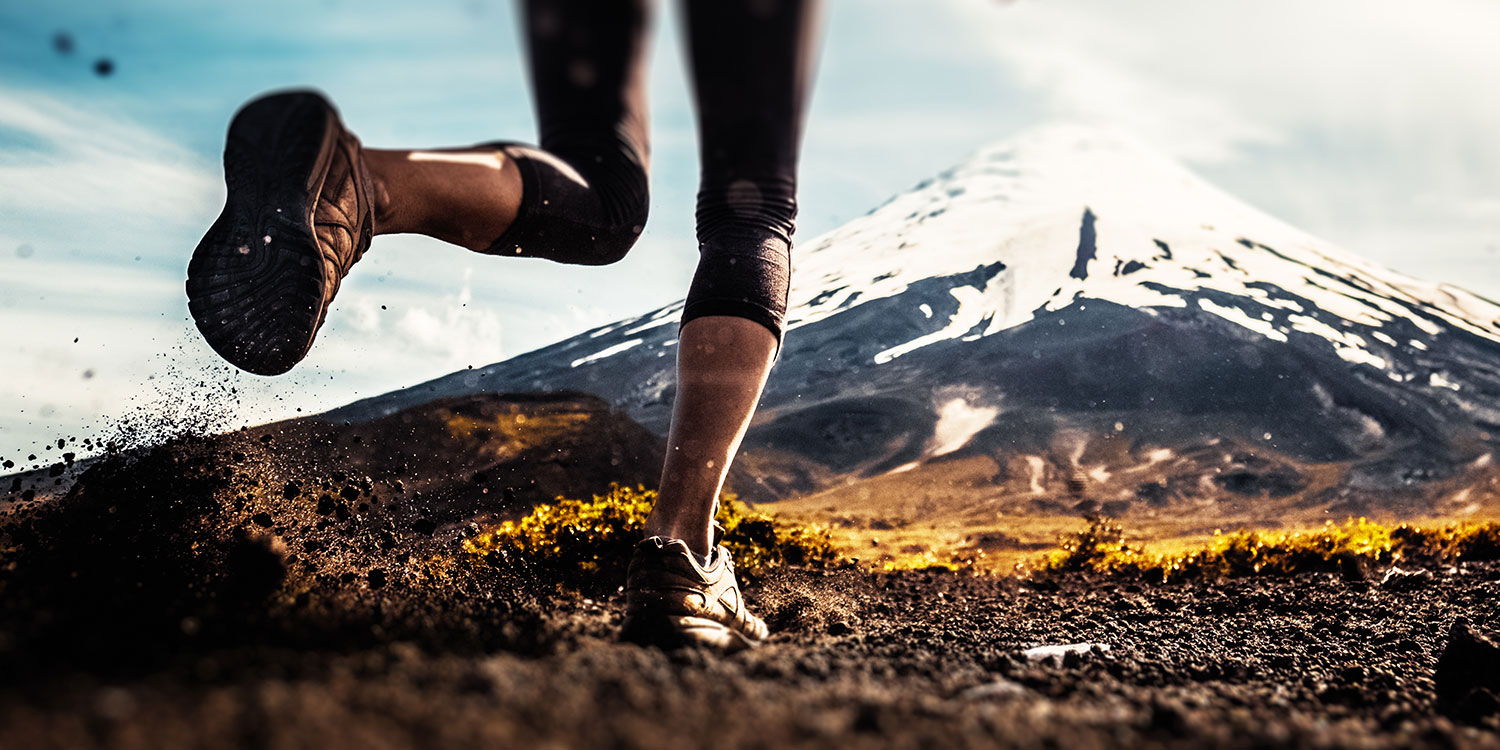
What if there was a drug you could take that would make it less likely you would develop chronic pain—and help you cope with pain when it crops up? We'd probably all be taking it, right?
Well, there is such a drug—exercise.
Increasingly, research is showing that getting exercise and staying active can help people avoid chronic pain—and help treat it when it can’t be avoided.
One study looked at pain processing in the central nervous system. It found that older adults who were physically active were better able to block responses to pain. Another review of research found that physical activity may "improve pain severity and physical function."
Whether you’re hoping to avoid pain or you already suffer from pain, exercise can help you:
- Avoid weight gain, which is important because being overweight can exacerbate your issues like arthritis and back pain.
- Relieve stress and depression and improve sleep. This is important because lack of sleep can intensify feelings of pain and make it more likely that you’ll develop other illnesses.
- Build and maintain muscle strength to support your bones and joints.
- Prevent dangerous conditions like heart disease and diabetes.
- Keep your joints moving, which is critical for conditions like arthritis.
Of course, it’s one thing for researchers to tell you to get more exercise, but it’s not always so easy to do that when you’re hurting. It’s important to try though. Here are some suggested ways to stay active:
- Walking. If you’ve been inactive, start slowly but eventually aim for 30 minutes a day three to five days a week.
- Swimming or other water activity. This is a great low-impact way to stay fit.
- Tai chi. This gentle exercise can help with flexibility and balance.
- Yoga. A yoga teacher can suggest a class that’s right for your fitness level and show you how to modify poses if you need to.
- Biking. This low-impact activity can be especially helpful for people with knee problems, but be sure you adjust the seat correctly. The leg that’s extended when you’re pedaling should be nearly straight, with just a slight bend in it.
- Weight lifting. You may want to work with a physical therapist or personal trainer when you start, but building muscles can help make many activities of daily life easier.
If chronic pain is impacting your life, don't wait to schedule an appointment at Southwest Spine and Pain Center. With multiple locations across the state of Utah, the pain management specialists at Southwest Spine and Pain Center are dedicated to helping those who suffer from chronic pain live the life they want to. To schedule an appointment, visit our locations tab!
The advice and information contained in this article is for educational purposes only, and is not intended to replace or counter a physician’s advice or judgment. Please always consult your physician before taking any advice learned here or in any other educational medical material.
